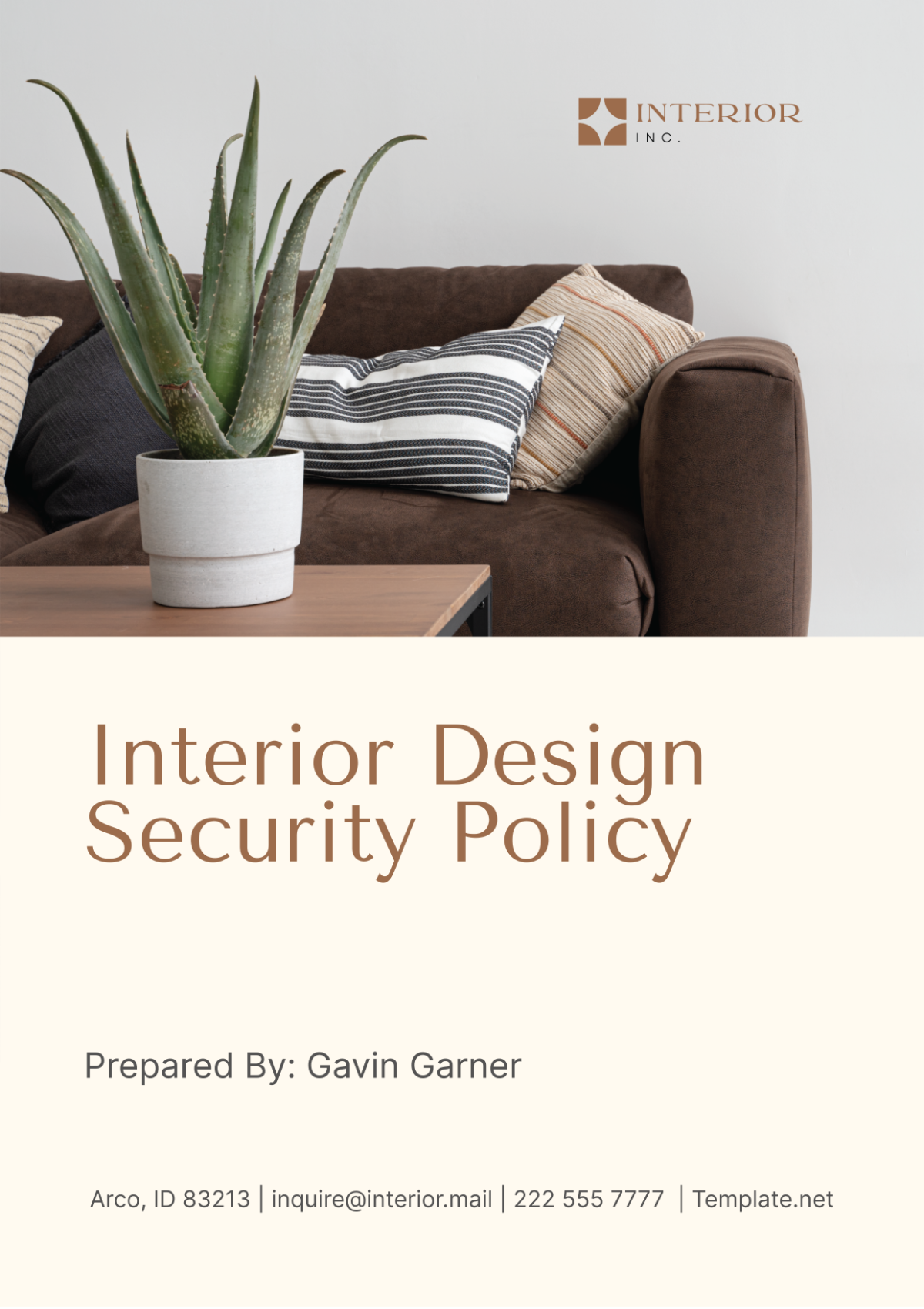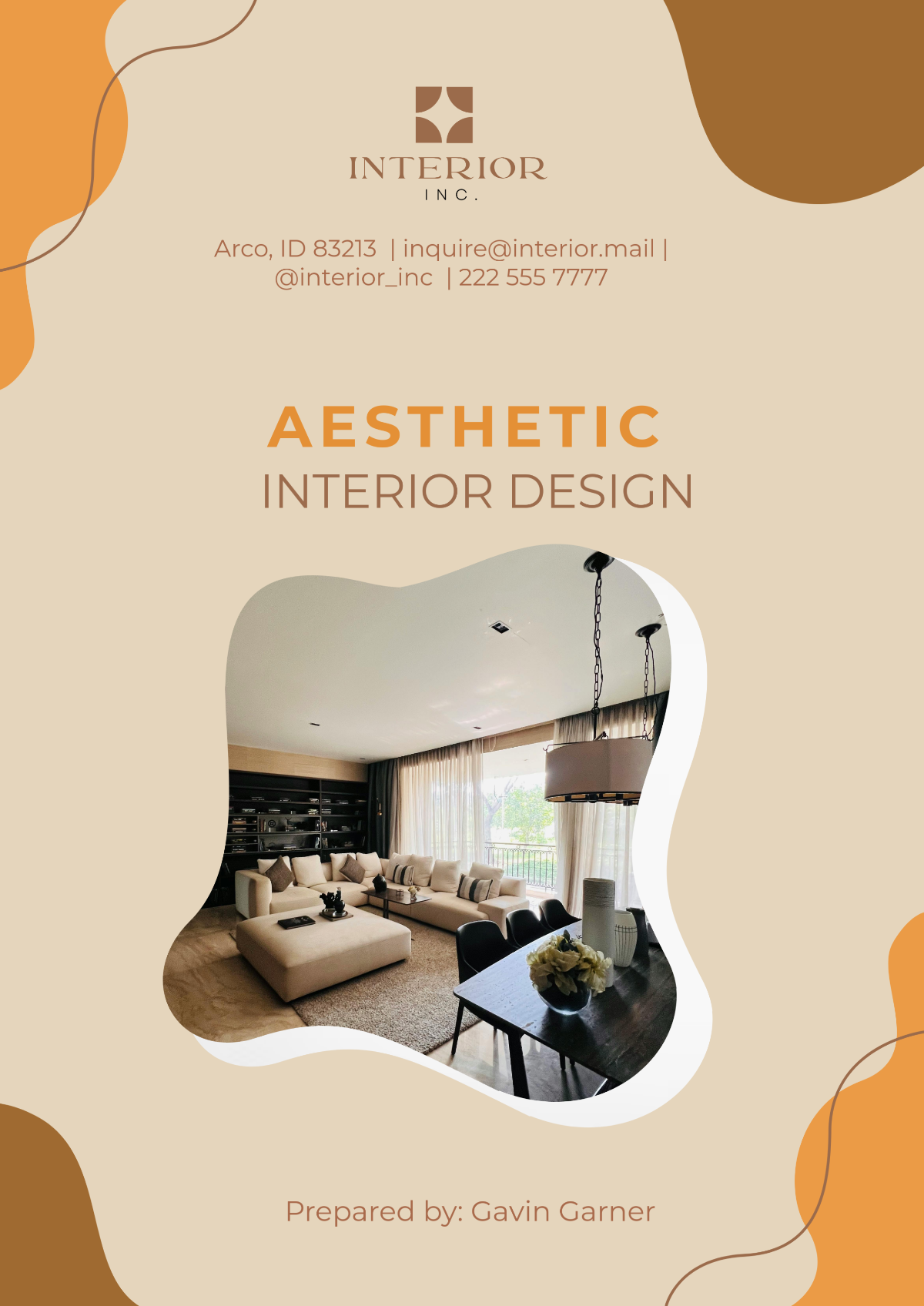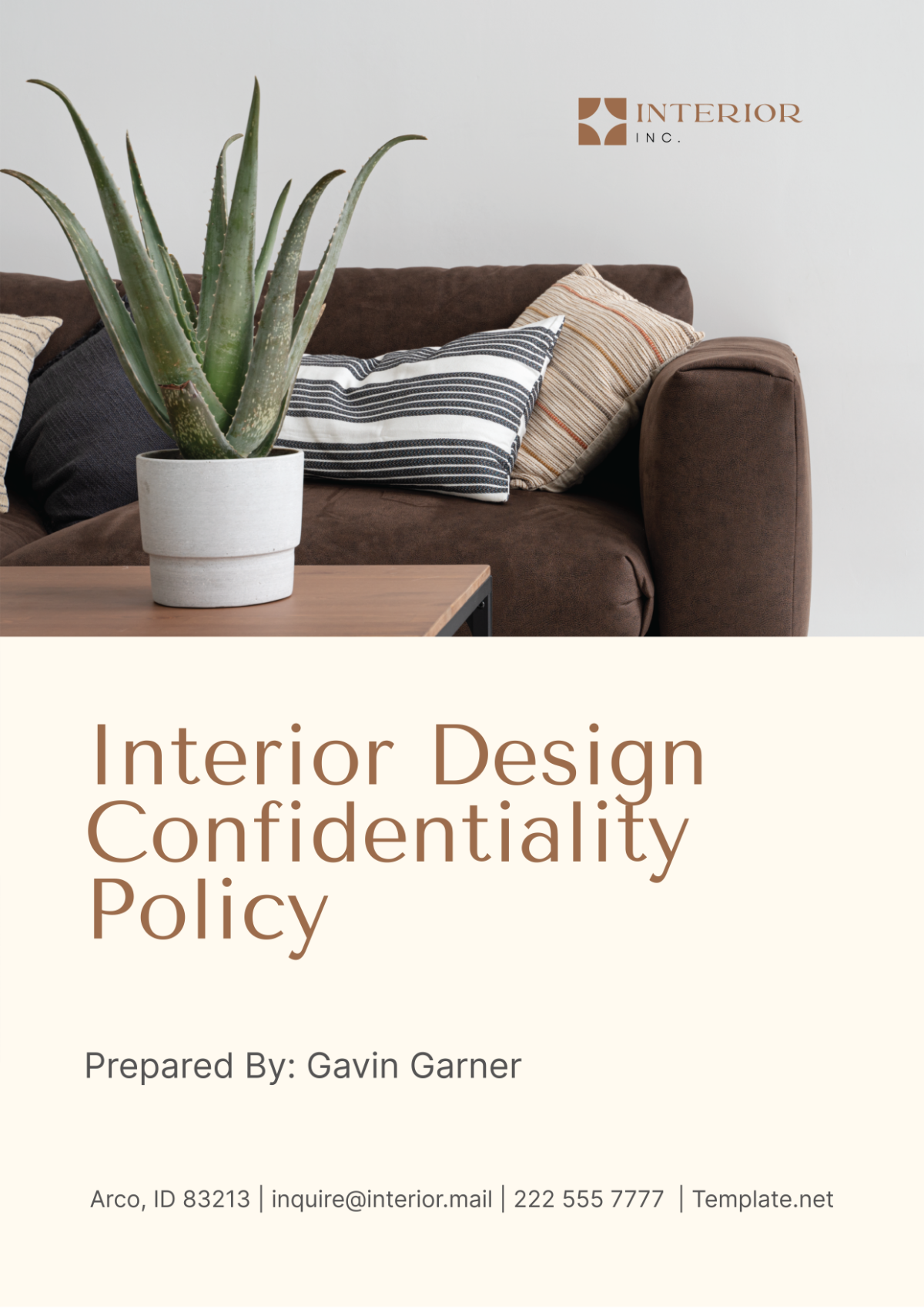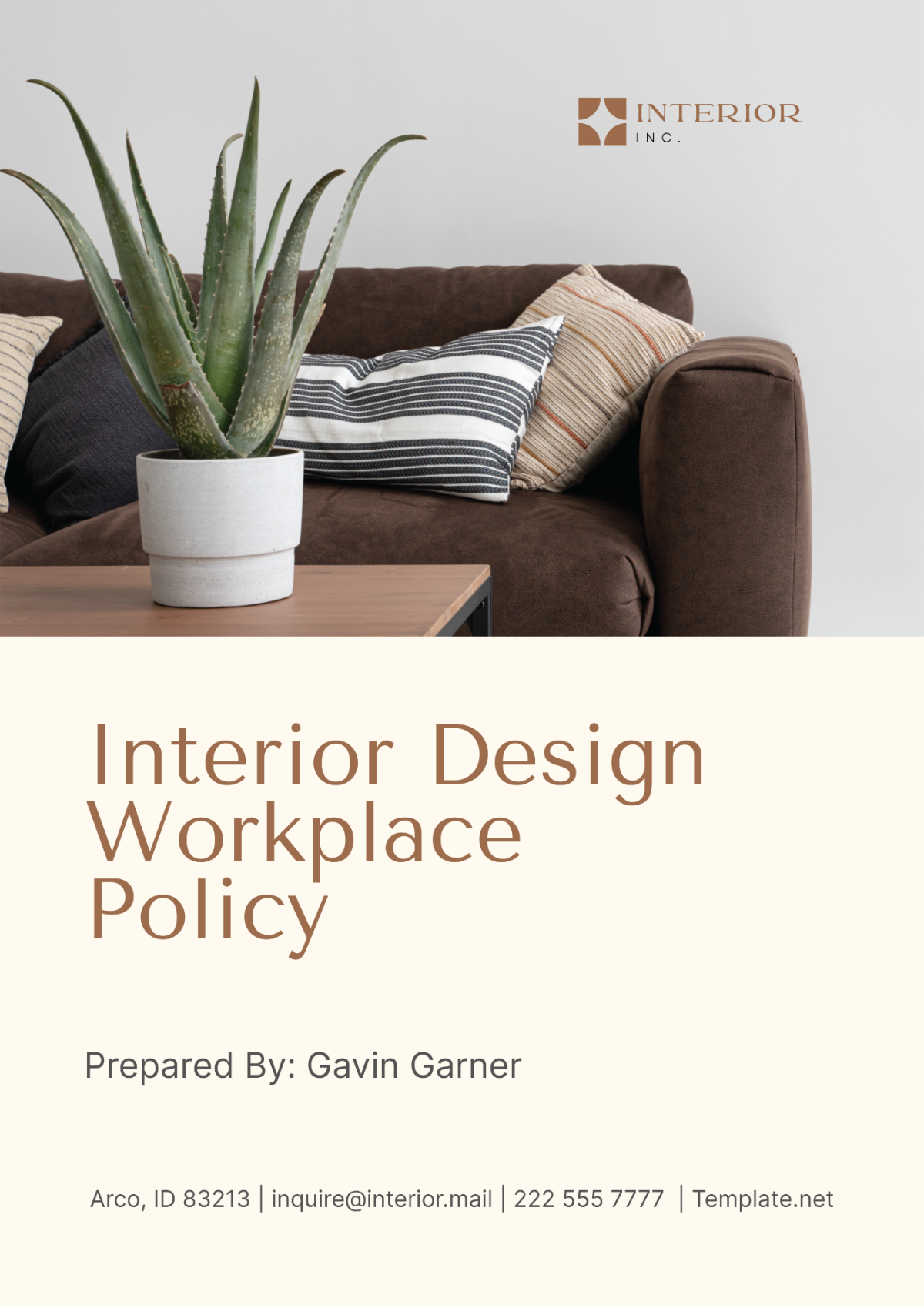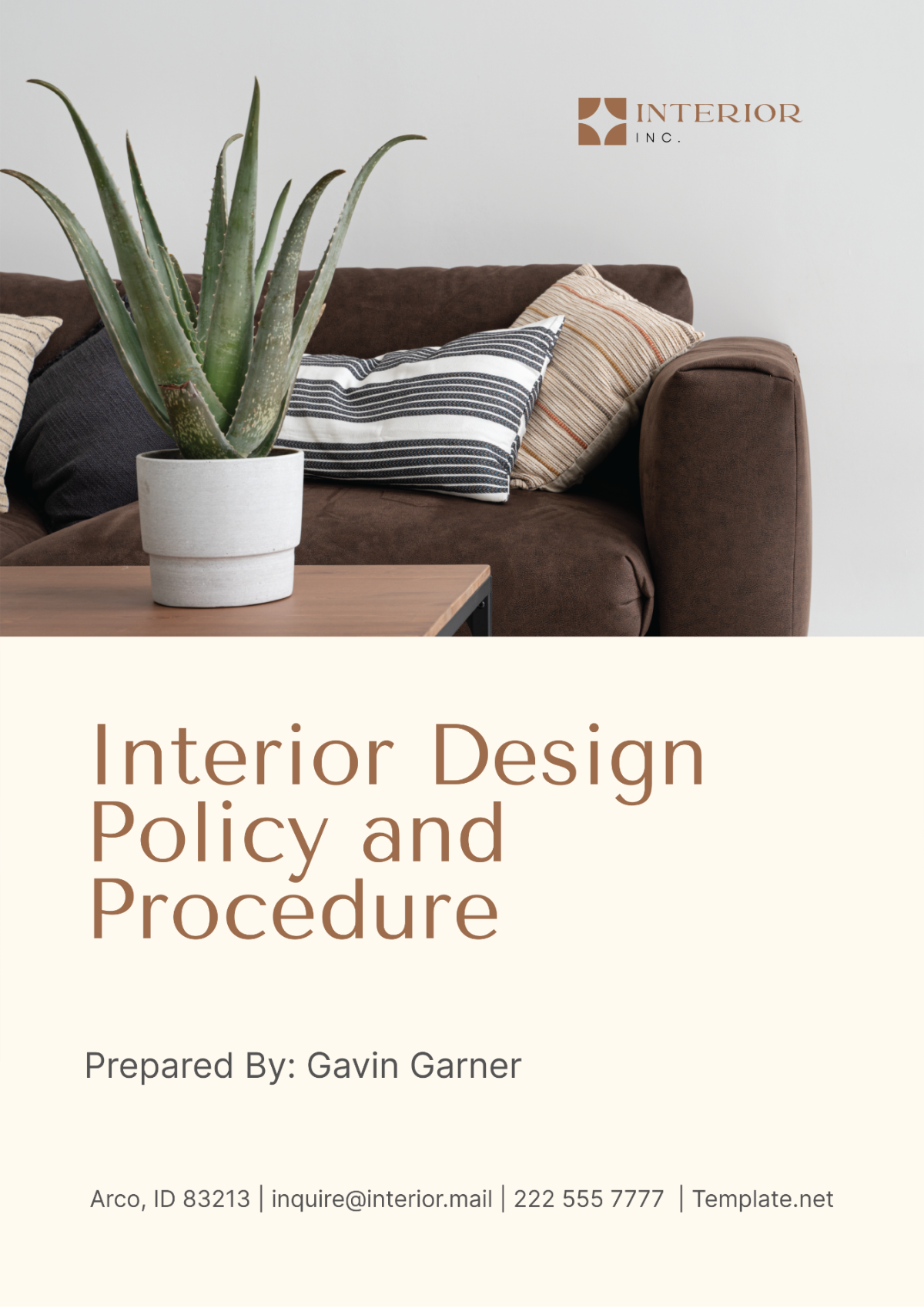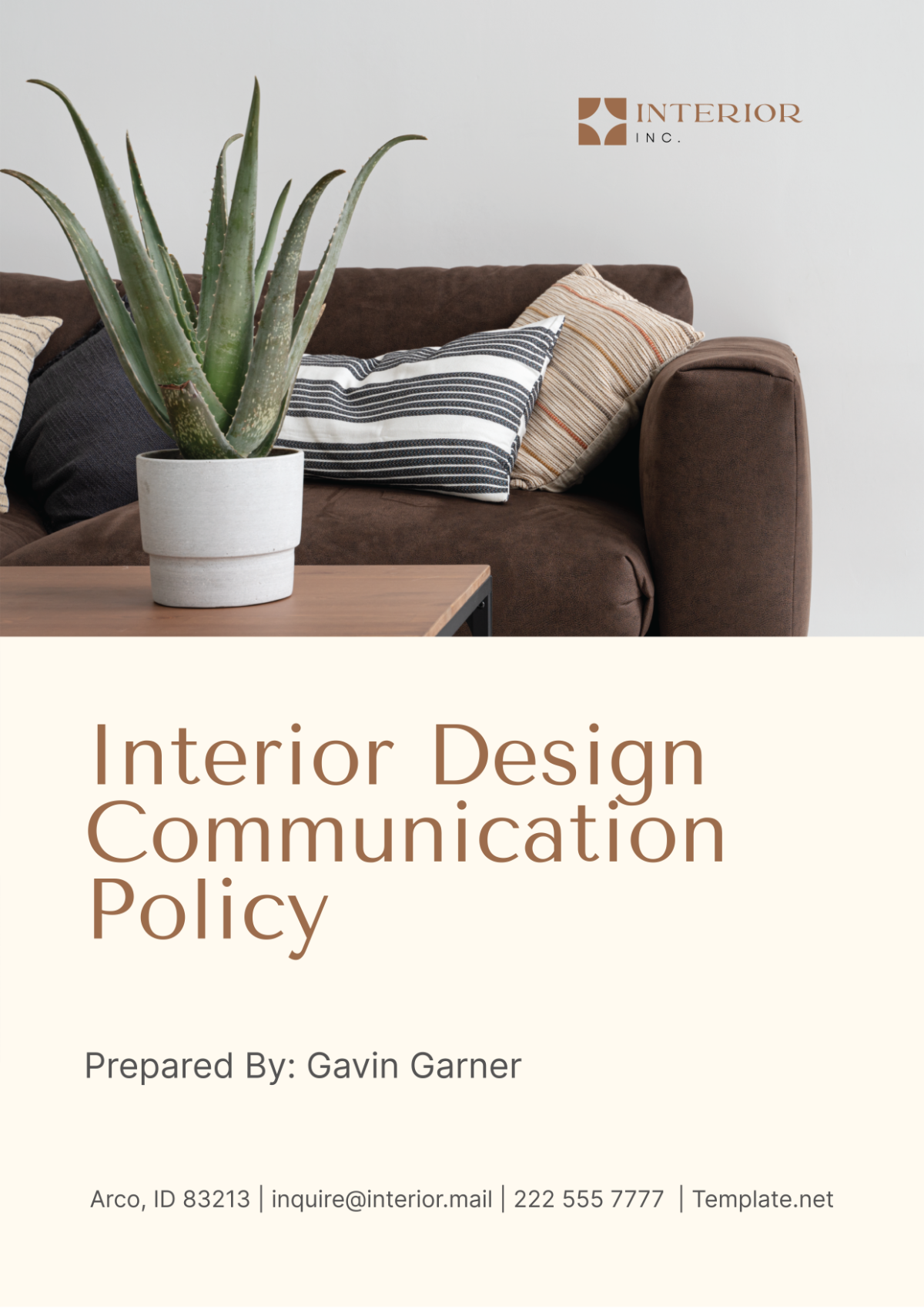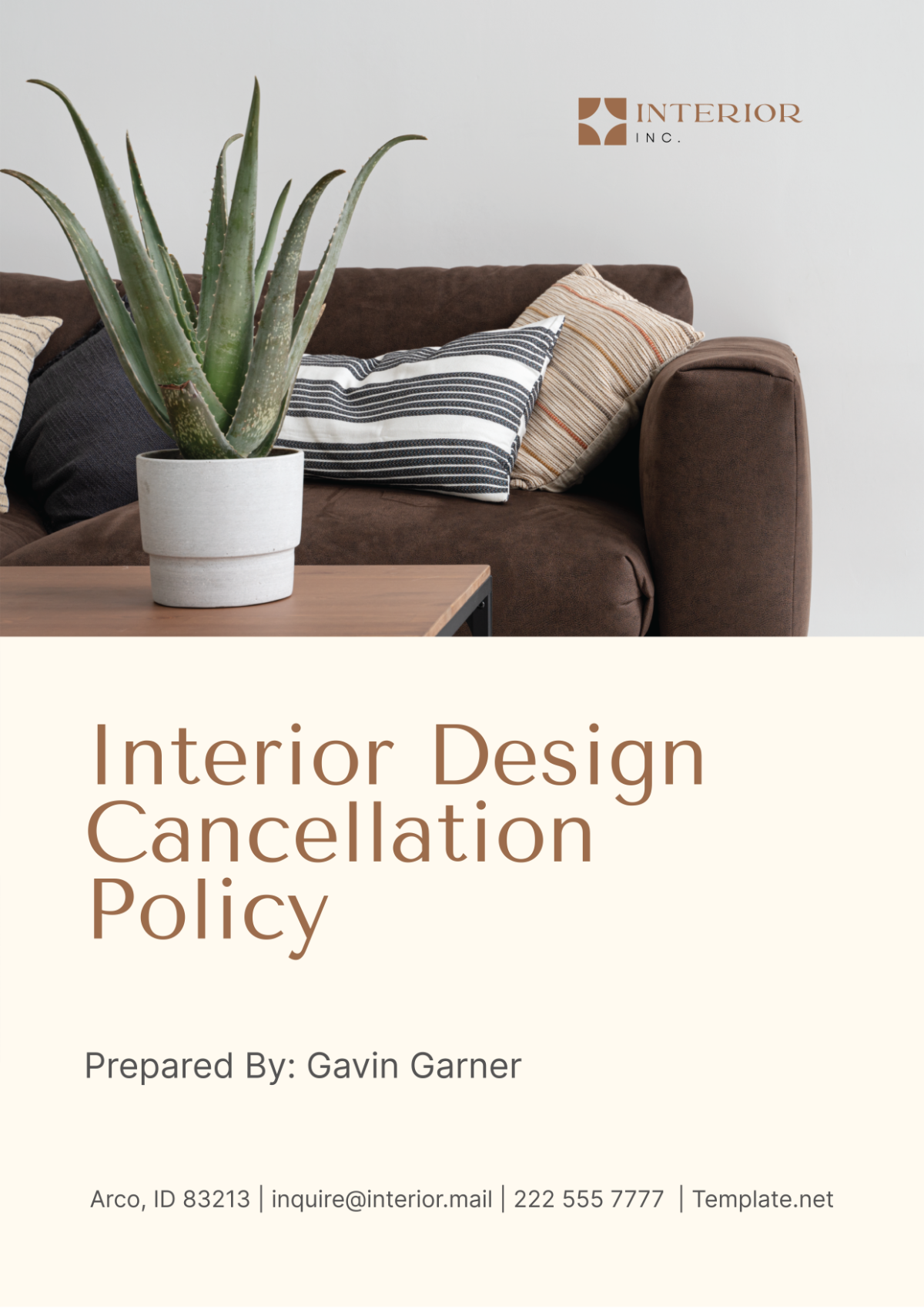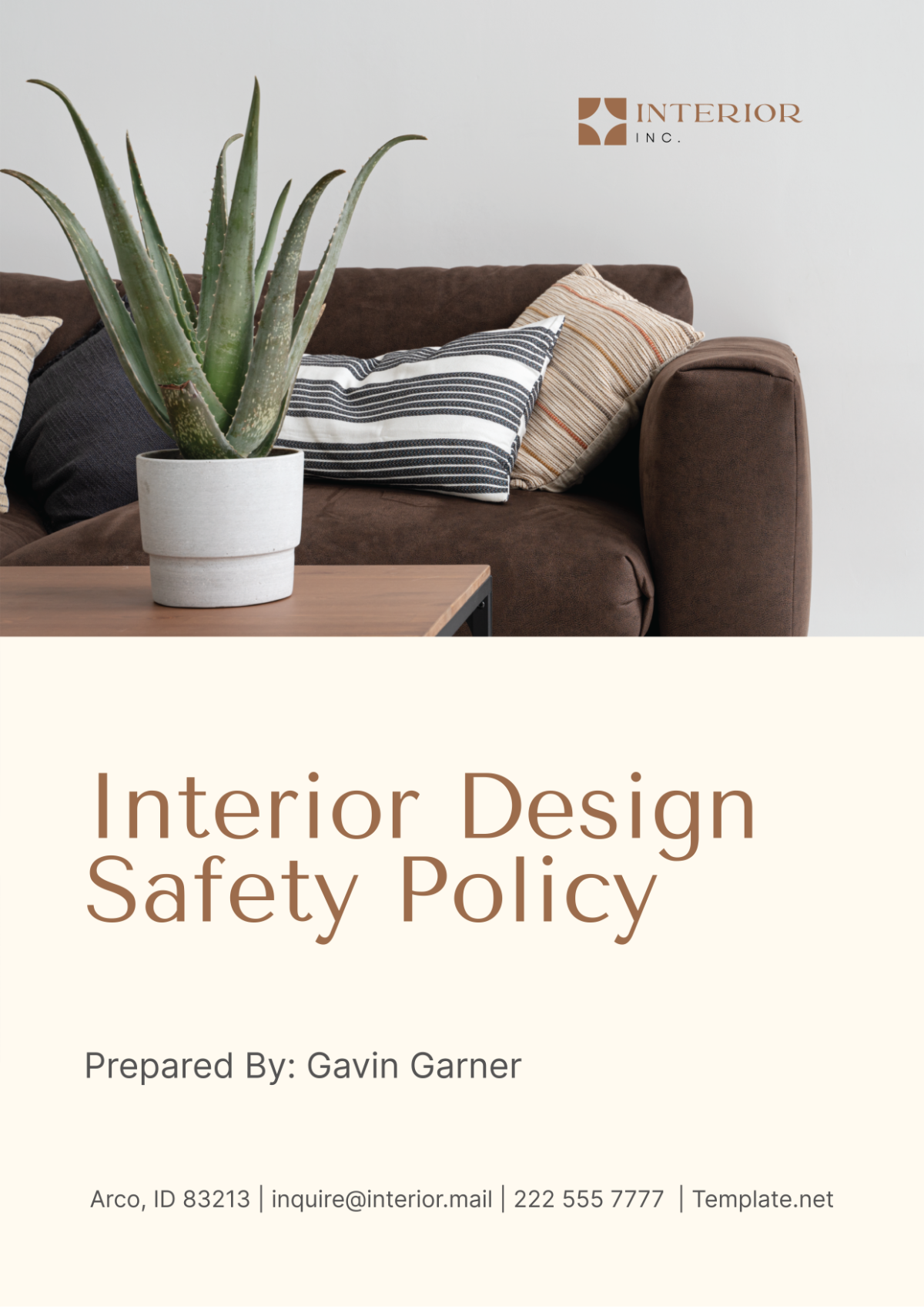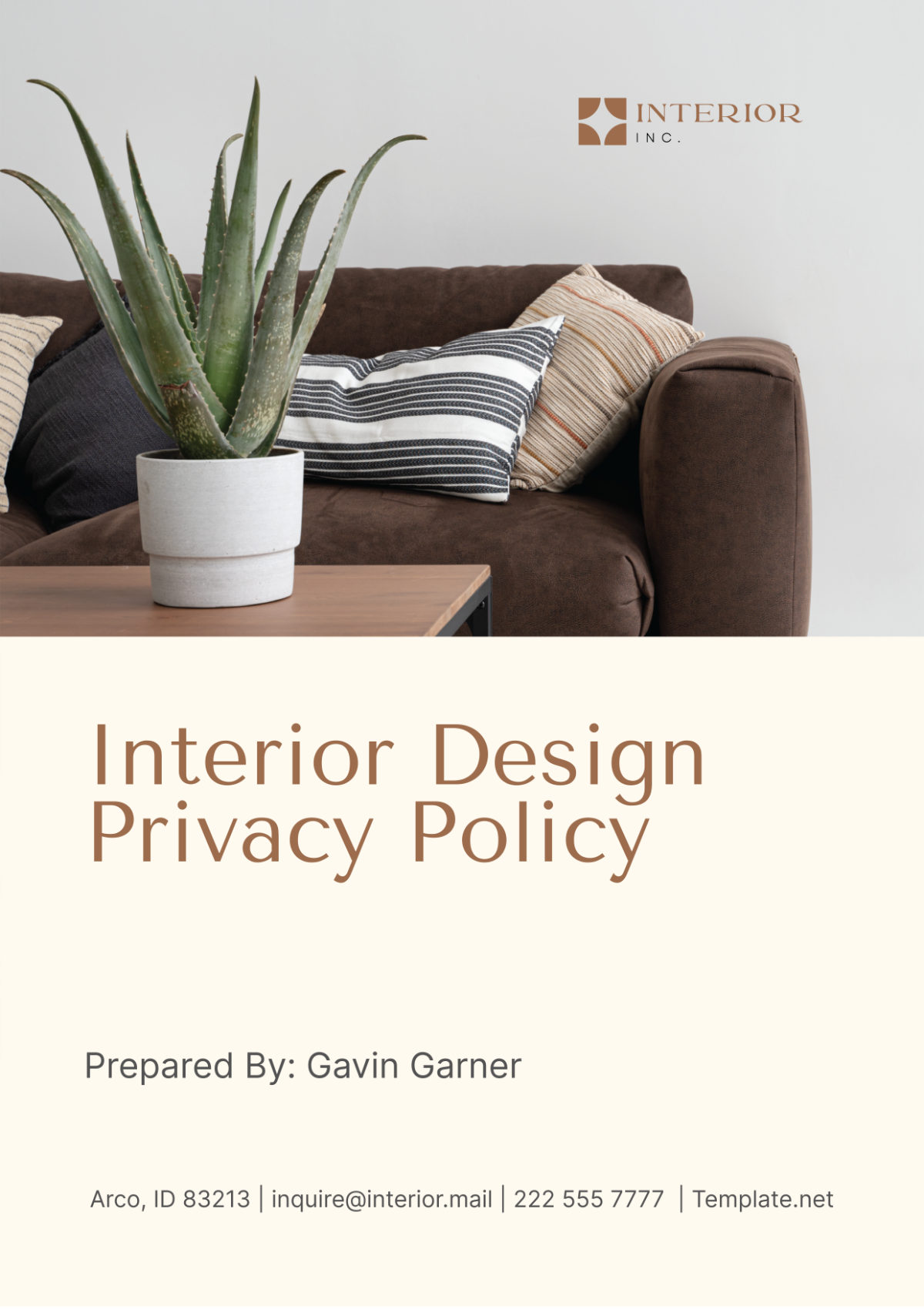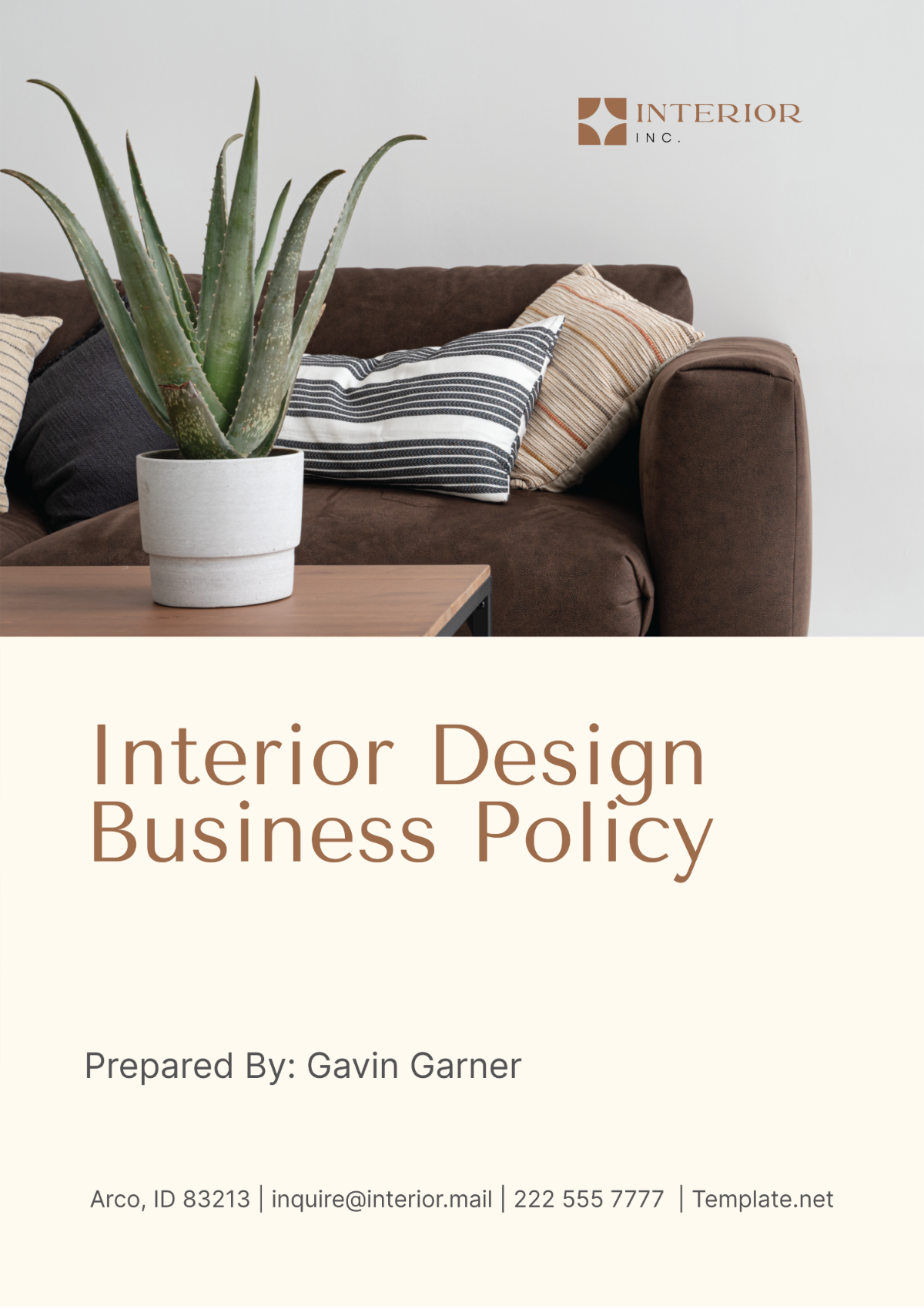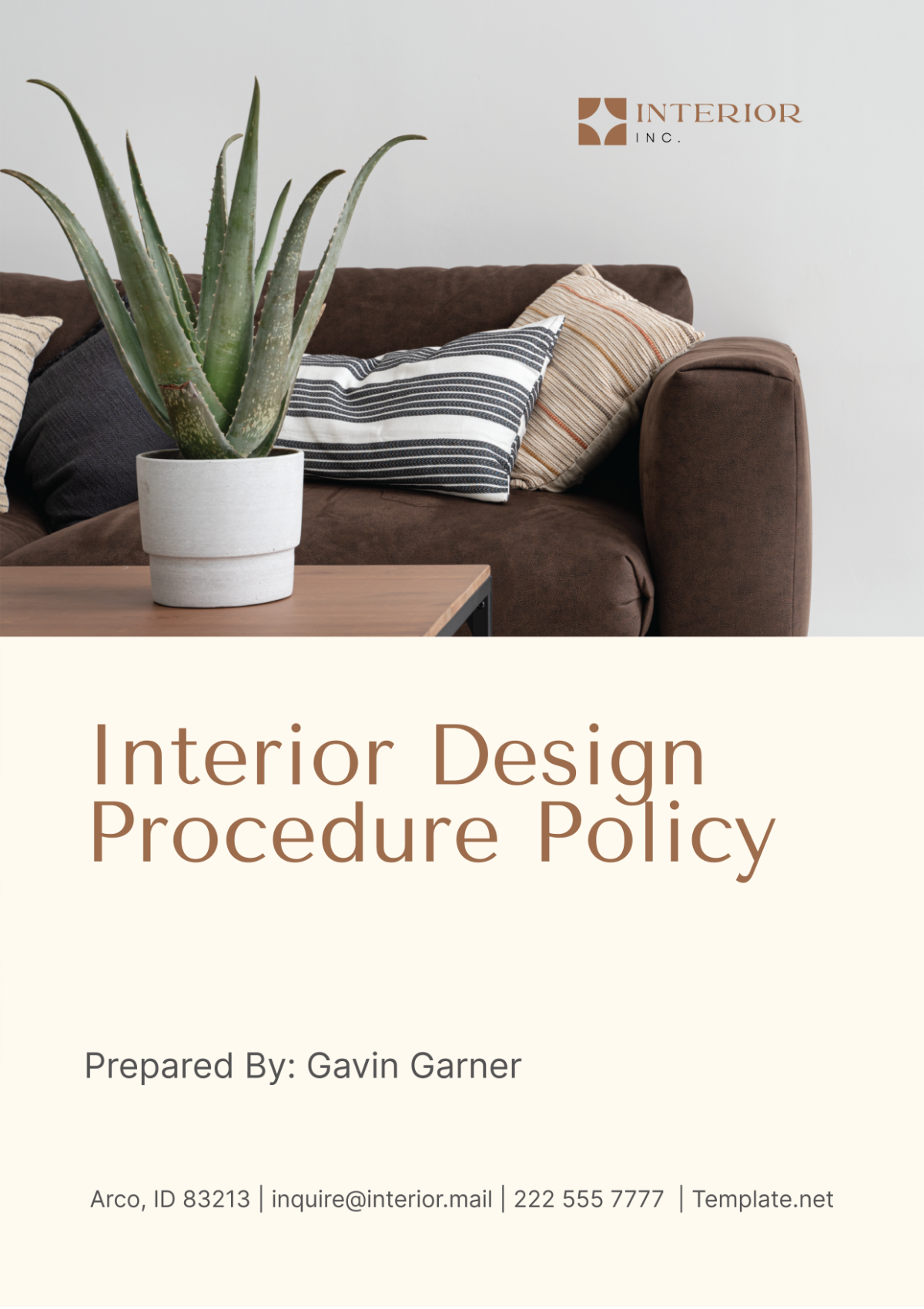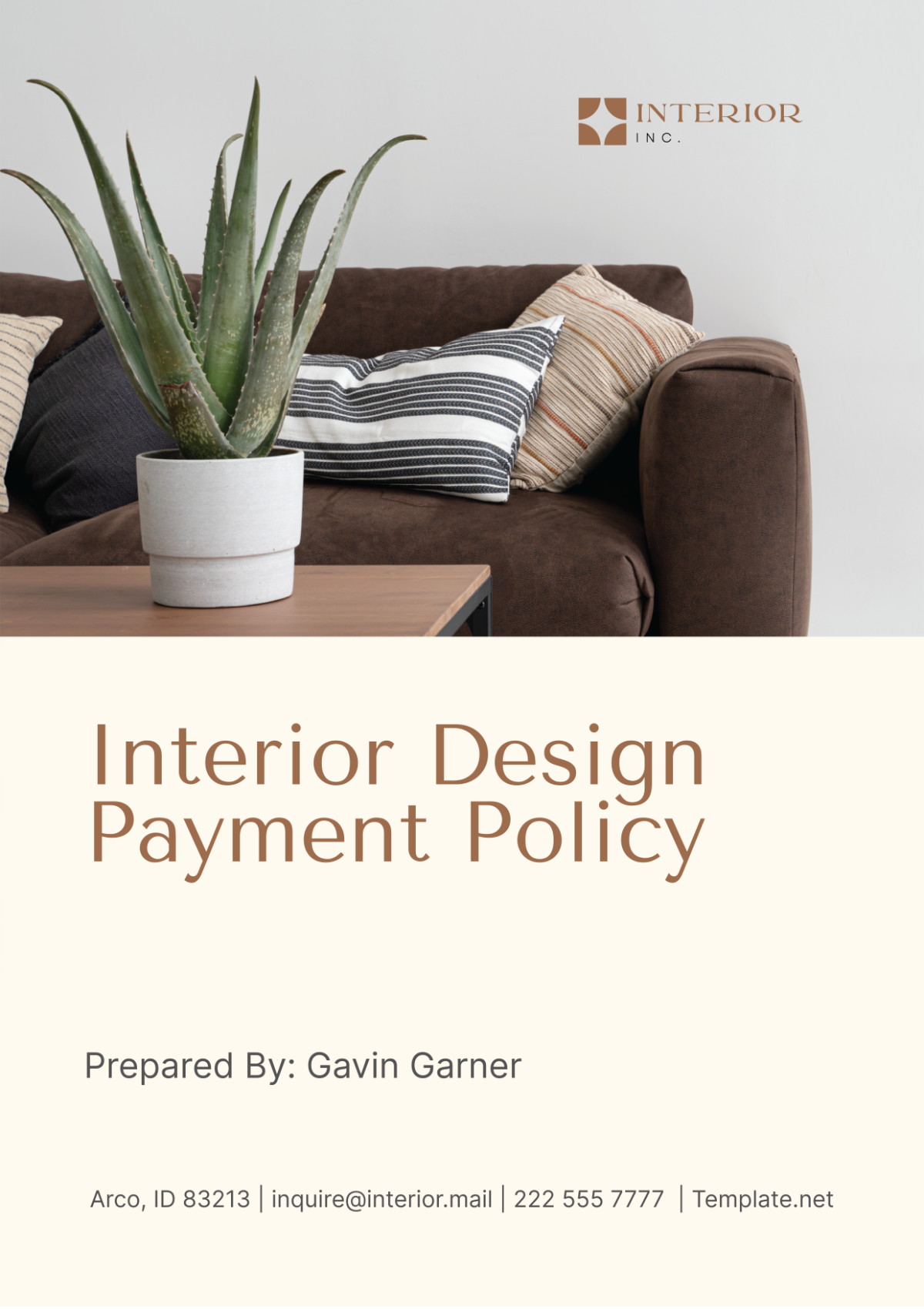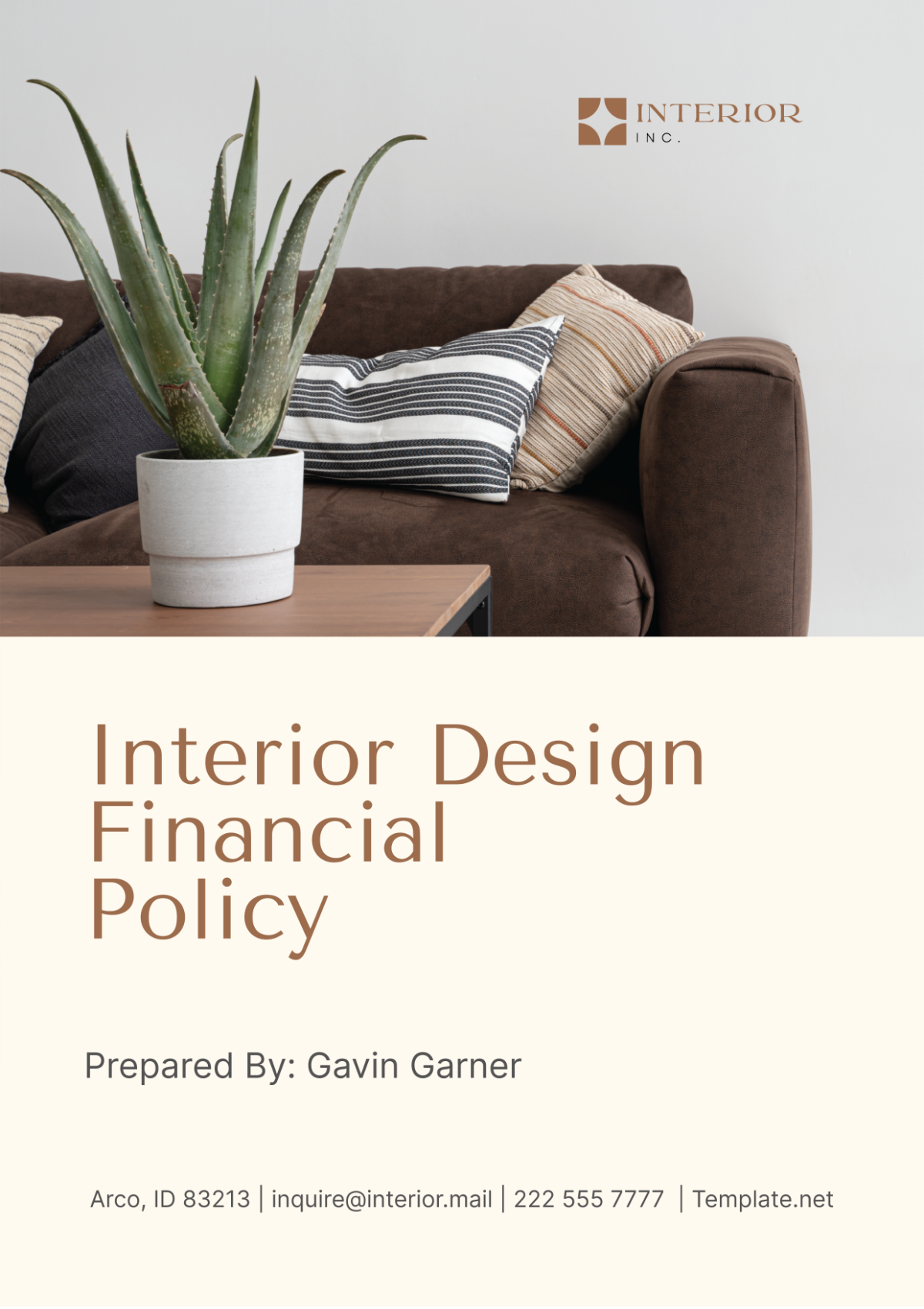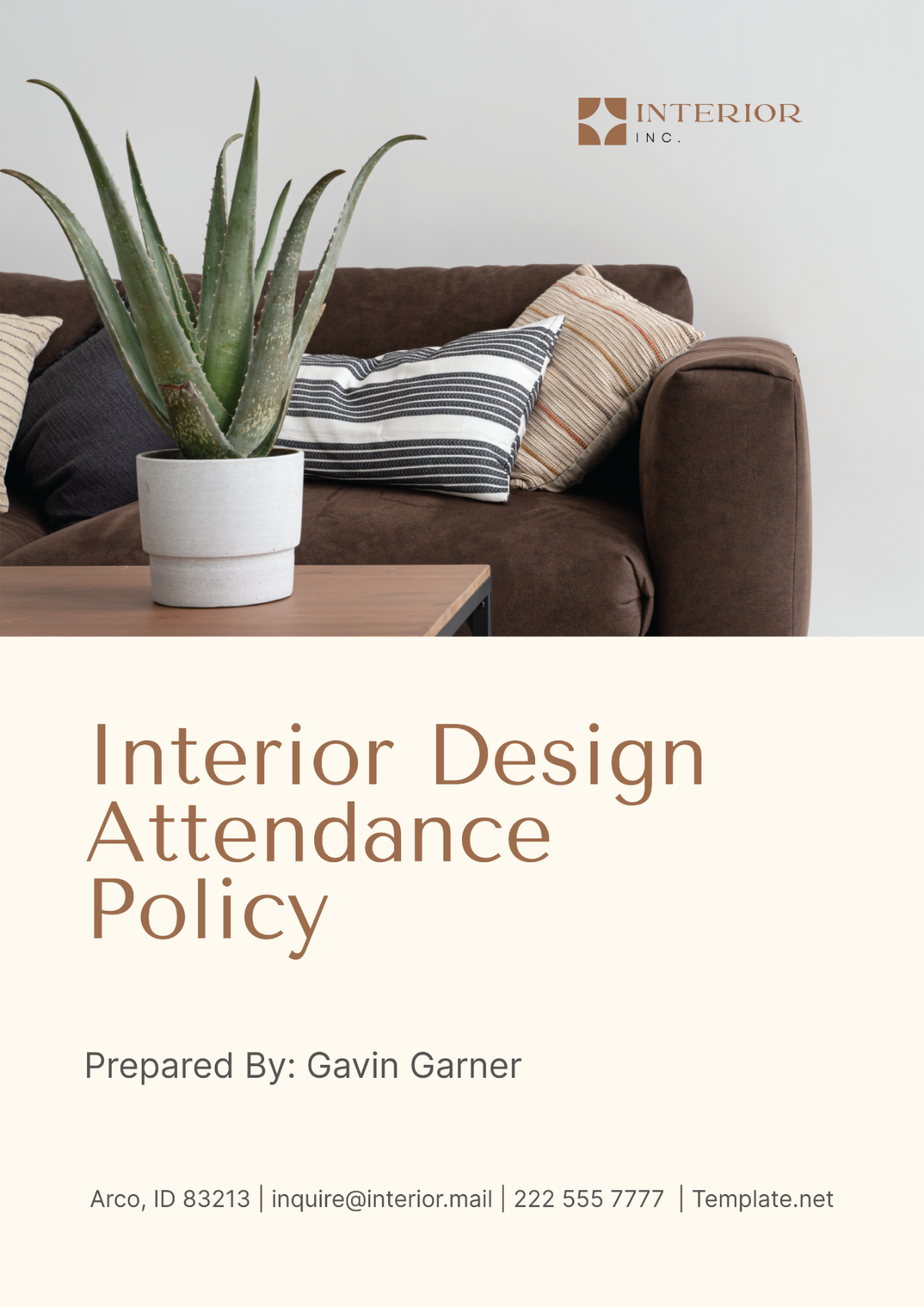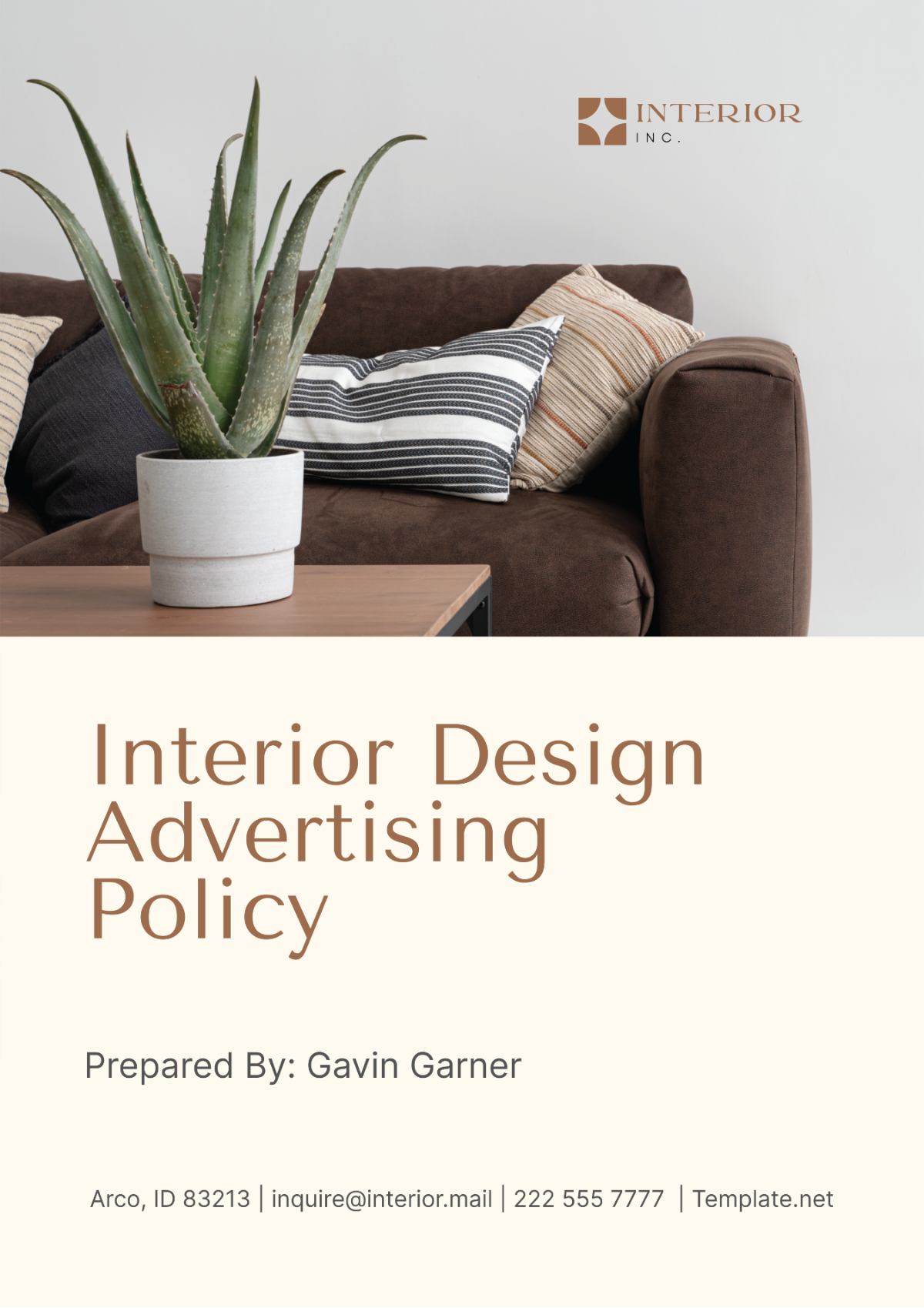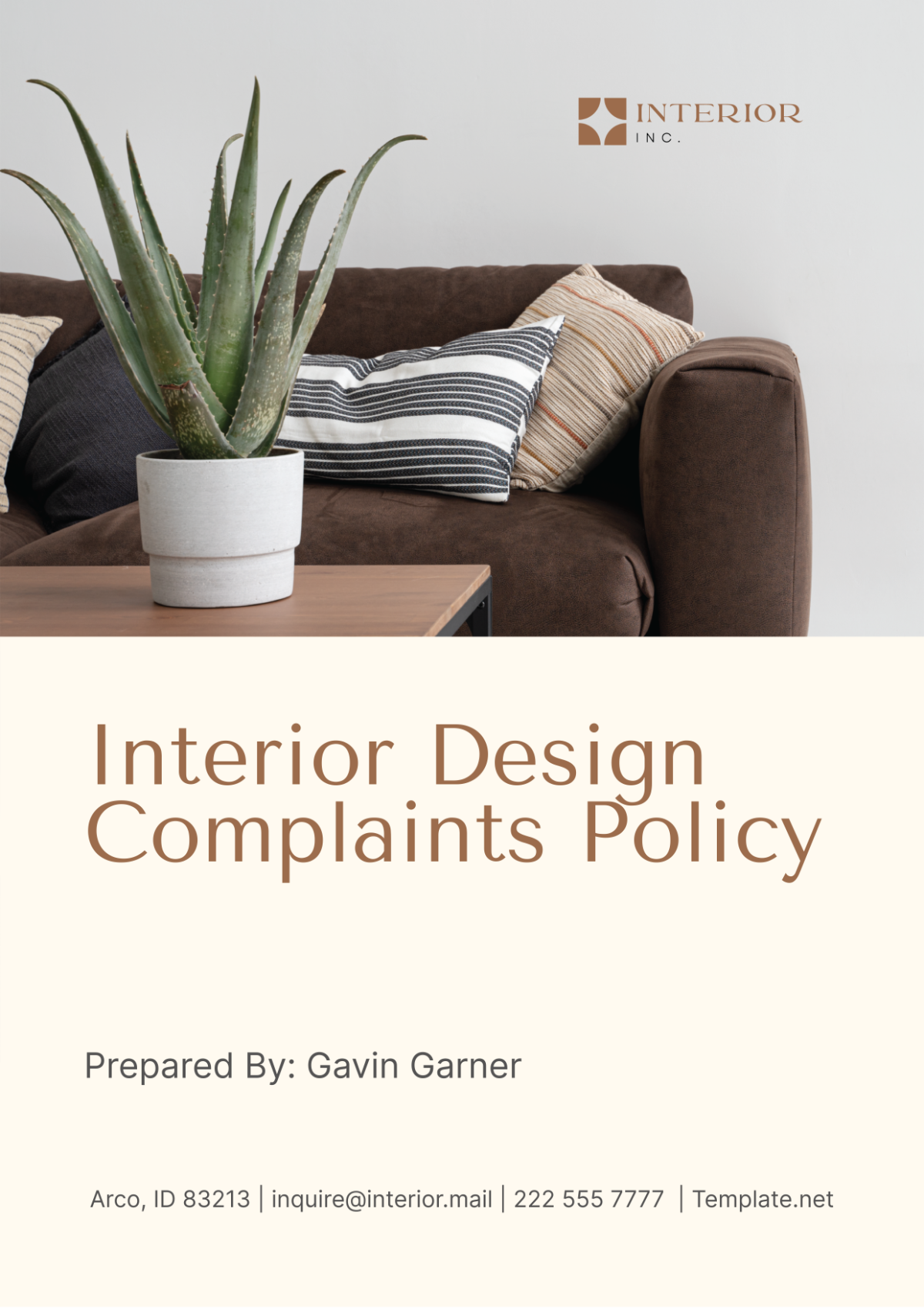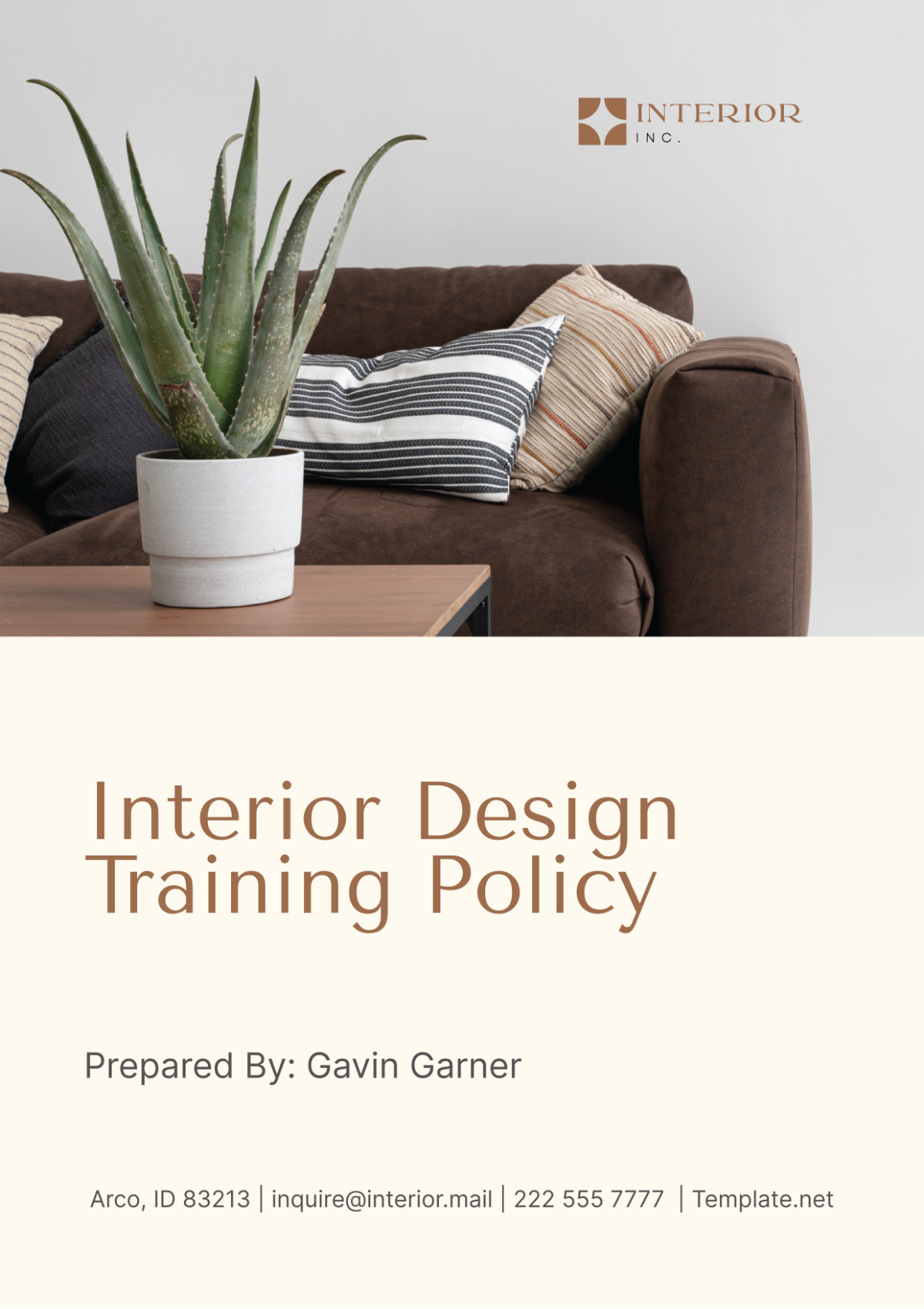A. Introduction and Overview
Welcome to the Interior Design Policy and Procedure Manual of [Your Company Name]. This document serves as a comprehensive guide for our team members, outlining the standard operating procedures and policies that govern our daily operations and interactions with clients, suppliers, and partners. The purpose of this manual is to ensure that all employees are familiar with our methodological approaches and the expectations set forth by our company, thereby fostering a consistent and professional environment that is conducive to high-quality design and client satisfaction.
The scope of this manual extends to all facets of our interior design operations, from project initiation and management to client communication and final delivery. It aims to provide clear instructions and guidelines that will assist in navigating the complexities of design projects while adhering to industry standards and legal requirements. By adhering to these policies, our team will maintain professionalism and efficiency, ensuring that our services meet the highest standards of quality and ethical practice, aligned with the objectives of enhancing creativity, ensuring client satisfaction, and upholding our reputation in the interior design industry.
B. Design and Project Management
The Design and Project Management section of our Interior Design Policy and Procedure Manual is pivotal for ensuring that each project is executed efficiently and meets the high standards expected by our clients. This section delineates a structured approach to managing design projects, from the initial client engagement to the final delivery, ensuring every step is performed systematically and with precision.
Project Initiation ↓ Design Development ↓ Implementation Planning ↓ Execution and Monitoring ↓ Project Completion |
|---|
Step 1: Project Initiation
Initial Consultation: Meet with the client to understand their vision, requirements, and budget.
Proposal Development: Create a detailed project proposal that includes scope, timelines, and estimated costs for approval.
Step 2: Design Development
Concept Creation: Develop and present design concepts that align with the client’s requirements.
Client Feedback: Incorporate client feedback and finalize the design concept.
Step 3: Implementation Planning
Scheduling: Develop a comprehensive project timeline that outlines all critical phases and milestones.
Resource Allocation: Assign team members and resources based on the project’s needs and complexity.
Step 4: Execution and Monitoring
Project Oversight: Regularly monitor the project’s progress against the timeline and budget.
Quality Control: Conduct ongoing reviews and adjustments as needed to ensure design quality and client satisfaction.
Step 5: Project Completion
Final Review: Present the completed project to the client for final approval.
Client Handover: Ensure all deliverables are handed over, and any final adjustments are made as requested by the client.
C. Client Interaction and Communication
This section establishes the protocols for effective and professional interactions with clients throughout the lifecycle of interior design projects. These guidelines are designed to enhance communication clarity, foster positive relationships, and ensure client satisfaction.
1. Communication Protocols
Initial Contact: All initial client inquiries should be responded to within 24 hours, setting a proactive, attentive tone for the relationship.
Ongoing Communication: Regular updates should be communicated through the client’s preferred method (email, phone, or in-person meetings) to keep them informed of project progress.
2. Client Meetings
Scheduling: Meetings should be scheduled at least a week in advance to respect client’s time and ensure their availability.
Agenda Preparation: Prepare a clear agenda for each meeting, outlining discussion points to maximize efficiency and clarity.
Follow-up: Provide a meeting summary to the client within [48 hours], including agreed actions and next steps.
3. Feedback Mechanisms
Regular Check-Ins: Schedule regular intervals to solicit feedback from clients on ongoing projects.
Surveys: Post-project completion, send out a client satisfaction survey to gather insights on what was done well and areas for improvement.
4. Handling Client Concerns
Immediate Acknowledgment: Acknowledge any client concerns within [24 hours] of receipt, showing responsiveness and commitment to resolving issues.
Resolution Process: Implement a standardized process for addressing and resolving client concerns, involving necessary team members to ensure comprehensive solutions.
Documentation: Document all client concerns and resolutions to aid in continuous improvement and prevent future issues.
D. Procurement and Vendor Relations
The Procurement and Vendor Relations section of our policy manual outlines standardized procedures to ensure transparent, fair, and efficient dealings with suppliers and subcontractors. These guidelines are crafted to streamline the procurement process, maintain high-quality standards, and foster strong, ethical relationships with external entities, supporting our commitment to deliver outstanding interior design services.
Key Procedures and Guidelines
|
|---|
Evaluate potential vendors and subcontractors based on quality, reliability, cost, and adherence to sustainability practices.
Require all vendors to comply with local and federal regulations.
|
|---|
Implement a formal bidding process for major purchases or subcontracted services to ensure competitive pricing and transparency.
Bids should be reviewed by a designated procurement committee to ensure unbiased selection.
|
|---|
Use standardized contracts that detail project scope, deliverables, timelines, and payment terms.
Ensure contracts include clauses for compliance with safety and industry standards.
|
|---|
Conduct orientation sessions for new vendors to explain our project management procedures, quality expectations, and communication protocols.
Include regular performance reviews to assess vendor compliance with contract terms.
|
|---|
Establish a clear procedure for resolving disputes with vendors, including timelines for escalation and mechanisms for mediation.
|
|---|
Maintain detailed records of all procurement activities, including bids, contracts, and communications, to support audits and continuous improvement.
|
|---|
Enforce a strict policy against any form of bribery or unethical incentives in vendor interactions.
Encourage vendors to disclose any potential conflicts of interest.
E. Quality Control and Compliance
This section of our policy manual focuses on maintaining the highest standards of quality in our design outputs while ensuring compliance with all applicable industry regulations, building codes, and safety standards. These measures are crucial for minimizing risks and ensuring that our practices adhere to legal and ethical requirements, thus safeguarding our clients and enhancing the reputation of [Your Company Name].
1. Quality Assurance Policies
Implement rigorous quality checks at each stage of the design and implementation process to ensure that all outputs meet our internal quality standards and client expectations.
Engage in continuous training for our design team to stay updated on the latest industry standards and best practices.
2. Regulatory Compliance
Regularly review and update our practices to align with current local, state, and federal regulations concerning interior design, building codes, and environmental standards.
Ensure all designs comply with the Americans with Disabilities Act (ADA) and other relevant accessibility regulations to cater to all client needs.
3. Safety Standards
Integrate safety evaluations into the design process, particularly in selecting materials and planning layouts to ensure they are safe for both installation and long-term use.
Conduct site inspections to ensure that installation processes comply with safety protocols and that the final product adheres to all safety guidelines.
4. Documentation and Record Keeping
Maintain comprehensive records of all design decisions, client communications, and project documentation to support quality control measures and provide a basis for any necessary audits.
Use these documents to track compliance and quality issues, making adjustments as necessary to prevent future discrepancies.
5. Continuous Improvement
Foster a culture of continuous improvement through regular reviews of quality control and compliance processes.
Solicit feedback from clients and team members to identify areas for improvement and implement changes to enhance service quality and compliance.
F. Financial Policies
The Financial Policies of [Your Company Name] are crucial for upholding transparency, accountability, and effective management of finances. These policies facilitate clear, consistent financial practices related to budgeting, billing, client deposits, and expense tracking. Here is an overview of these guidelines:
Budgeting
Each project requires a detailed budget, approved by financial managers, to ensure all costs are captured and accurately reported. Budgets include estimates for all expenses such as labor, materials, and additional fees.
Billing Procedures
Invoices are systematically issued at key project milestones to maintain regular financial communication with clients. These invoices clearly list all charges, ensuring each cost component is transparent and justified.
Client Deposits
A deposit is required from clients at the start of each project, typically representing a portion of the overall estimated costs. These funds are kept in a designated account and used solely for expenses directly related to the project.
Expense Tracking
Advanced financial software tracks expenses per project, aiding in budget management and providing insights into financial performance. Regular comparisons between actual spending and budget forecasts help identify and address discrepancies swiftly.
Financial Reporting
Comprehensive monthly reports detail the financial status of projects, offering insights into budget utilization, remaining funds, and potential risks. These reports are essential for strategic financial planning and decision-making by management.
Audit Compliance
[Your Company Name] adheres to strict audit practices, with annual internal reviews to assess compliance with financial policies and readiness for external audits.
Financial Training
Ongoing training programs for staff involved in financial management emphasize the importance of accuracy and compliance in financial operations, equipping them to handle financial responsibilities effectively.
G. Human Resources and Team Management
The Human Resources and Team Management section of our manual outlines the policies that govern the management of our design team at [Your Company Name]. These policies ensure that all team members are well-managed, effectively trained, and fully equipped to meet the company's standards. By defining clear roles, responsibilities, and expectations, these guidelines facilitate a productive work environment conducive to professional growth and excellent project outcomes.
Policies Overview
Policy Area | Description |
|---|---|
Recruitment | Standardized hiring practices to attract and select candidates who align with our company values and skill requirements. |
Training | Provides ongoing professional development opportunities to keep skills up-to-date with industry standards. |
Performance Evaluations | Conducts regular reviews to assess employee performance, set goals, and discuss career progression opportunities. |
Team Roles and Responsibilities | Defines the duties and expectations of each position to ensure accountability and efficiency in project execution. |
Team Roles and Responsibilities
Role | Responsibilities |
|---|---|
Design Director | Oversees all design projects, sets design standards, manages client relationships, leads the design team. |
Senior Interior Designer | Leads project design phases, coordinates with clients and vendors, mentors junior designers. |
Interior Designer | Develops design concepts, sources materials, assists in client presentations. |
Design Assistant | Supports designers with research, sample procurement, and administrative tasks. |
Project Manager | Manages project timelines, budgets, and logistics to ensure projects are delivered on time and within budget. |
CAD Technician | Creates technical drawings and 3D models, ensures all designs meet compliance and specifications. |
Administrative Assistant | Handles office management tasks, supports the design team with scheduling and document control. |

